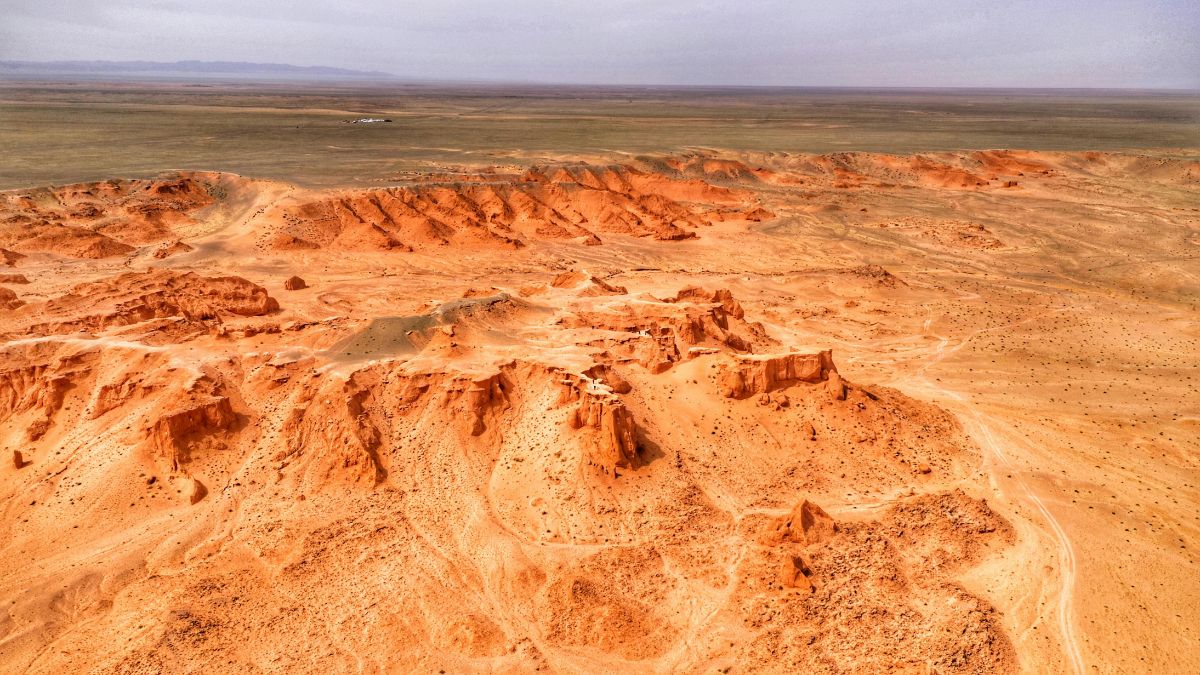
Soil erosion is a pressing environmental issue that poses significant challenges to sustainable agriculture, water quality, and ecosystem health. Understanding what causes soil erosion is crucial for developing effective measures to prevent it. In this blog post, we will explore the primary causes of soil erosion, their impacts, and potential strategies to mitigate them.
Definition: Water erosion is the process by which soil is removed by the action of water, primarily through rainfall, surface runoff, and river or stream flow.
Mechanisms:
Definition: Wind erosion occurs when strong winds lift and transport loose soil particles, particularly in arid and semi-arid regions.
Mechanisms:
Definition: Coastal erosion is the loss of coastal land due to the action of waves, tides, and currents.
Mechanisms:
Definition: Deforestation involves the large-scale removal of trees and vegetation, often for agricultural or urban development purposes.
Impacts:
Definition: Agricultural activities, particularly those involving intensive farming practices, can significantly contribute to soil erosion.
Impacts:
Definition: Urbanisation involves the expansion of cities and towns, often at the expense of natural landscapes.
Impacts:
Definition: Climate change refers to long-term alterations in temperature, precipitation, and other atmospheric conditions.
Impacts:
Soil erosion has far-reaching consequences that extend beyond the immediate loss of topsoil. Some of the key impacts include:
Preventing soil erosion requires a combination of sustainable land management practices and innovative technologies. Here are some effective strategies:
Definition: Conservation tillage involves minimal soil disturbance to maintain soil structure and organic matter.
Benefits: It reduces erosion, improves water retention, and enhances soil fertility.
Definition: Planting cover crops during off-seasons protects soil from erosion and adds organic matter.
Benefits: Cover crops reduce runoff, improve soil health, and increase biodiversity.
Definition: Integrating trees and shrubs into agricultural landscapes.
Benefits: Agroforestry stabilises soil, provides shade and wind protection, and enhances biodiversity.
Definition: Establishing vegetated areas along waterways to filter runoff and stabilise banks.
Benefits: Riparian buffers reduce sedimentation, improve water quality, and provide wildlife habitats.
Definition: Constructing physical barriers such as terraces, check dams, and silt fences to slow down water flow and capture sediment.
Benefits: These structures prevent gully formation, reduce runoff velocity, and trap eroded soil.
Understanding what causes soil erosion is the first step towards implementing effective solutions to combat this pressing issue. Both natural processes and human activities contribute to soil erosion, and their impacts can be severe. By adopting sustainable land management practices and leveraging innovative erosion control technologies, we can protect our soil resources and ensure a healthier environment for future generations.
For more information on soil erosion control and innovative solutions, visit GRT’s website.
Dust suppression is a critical issue in the world of mining and resources.
Learn more about GRT’s industry-leading and IoT-connected SMART Dosing Units, and discover how we’re driving better dust suppression solutions.
If you’d like to talk with an expert, simply contact us.
Your feedback matters to us.
If you enjoyed reading this Global Road Technology industry update, please let us know by leaving a REVIEW.
Are environmental regulations, health and safety concerns or potential profit loss a concern right now?
Contact Us Now